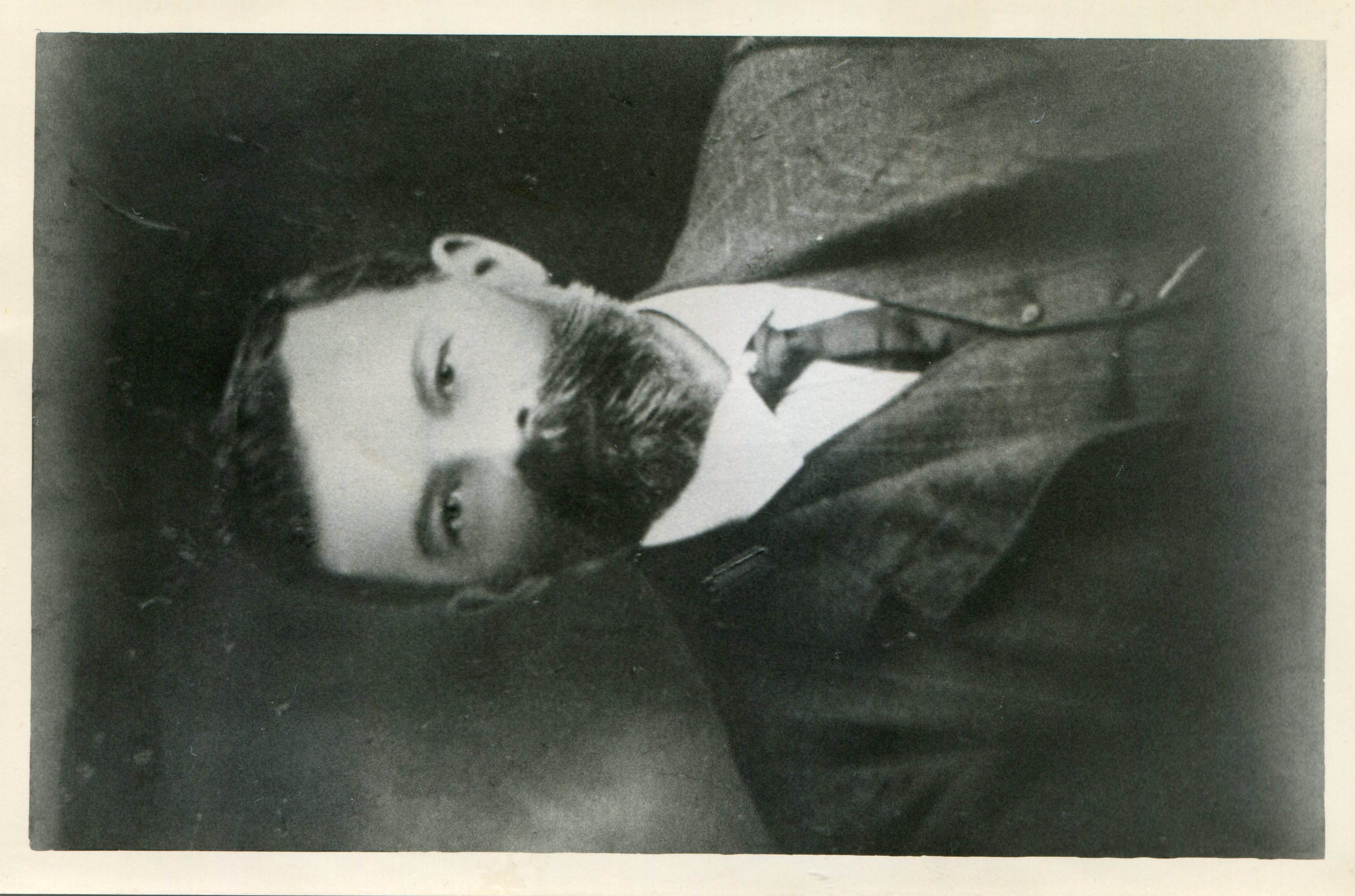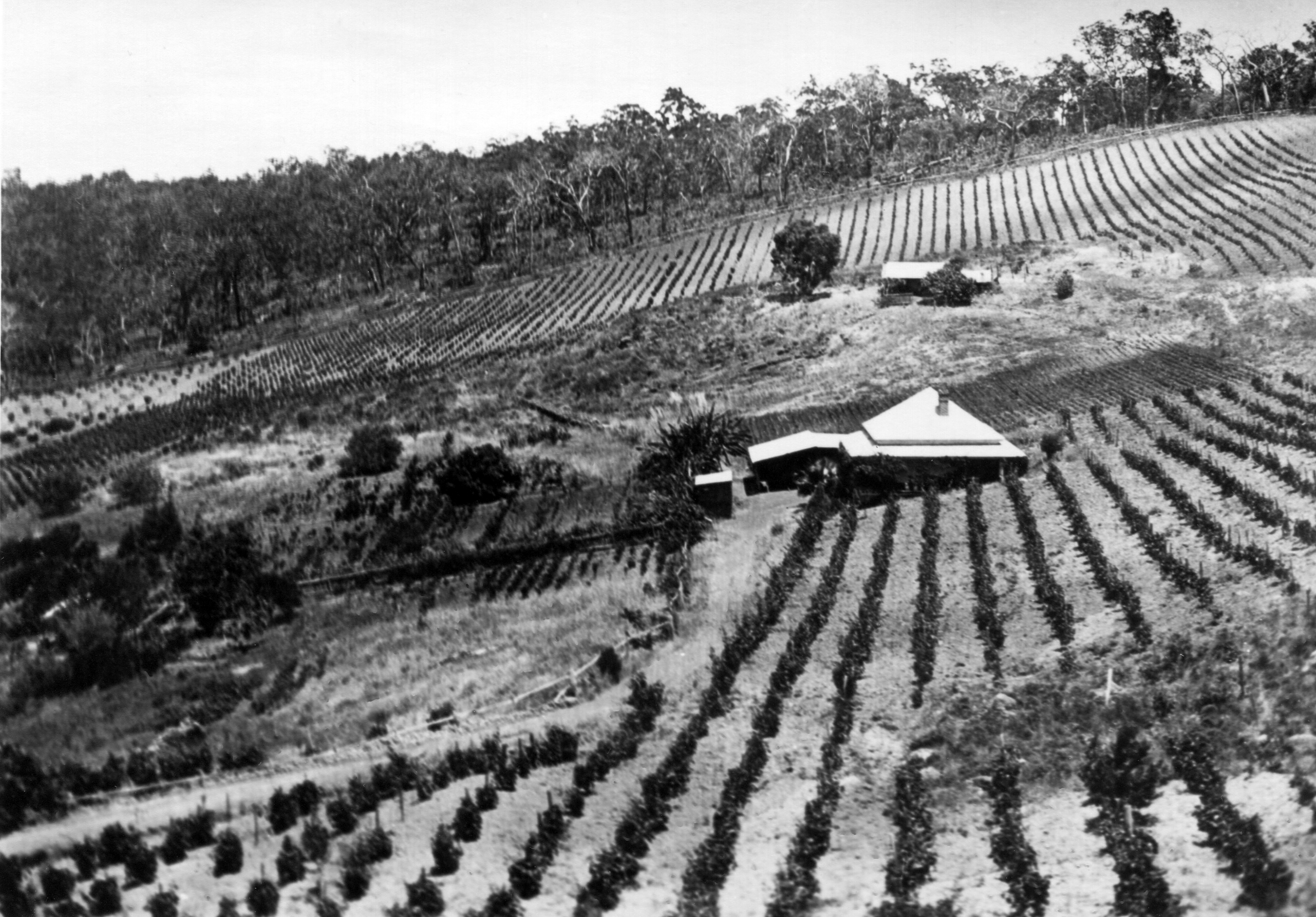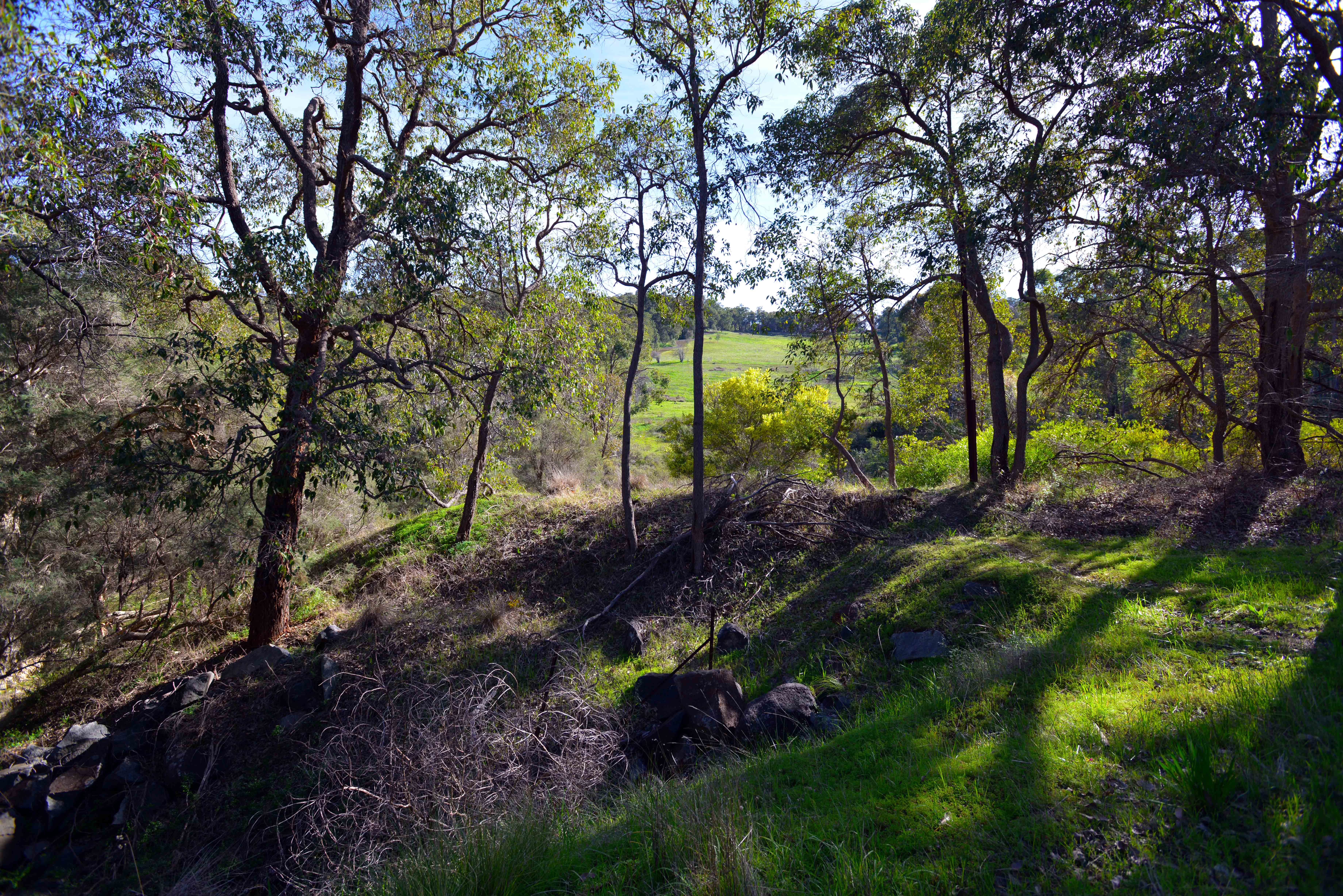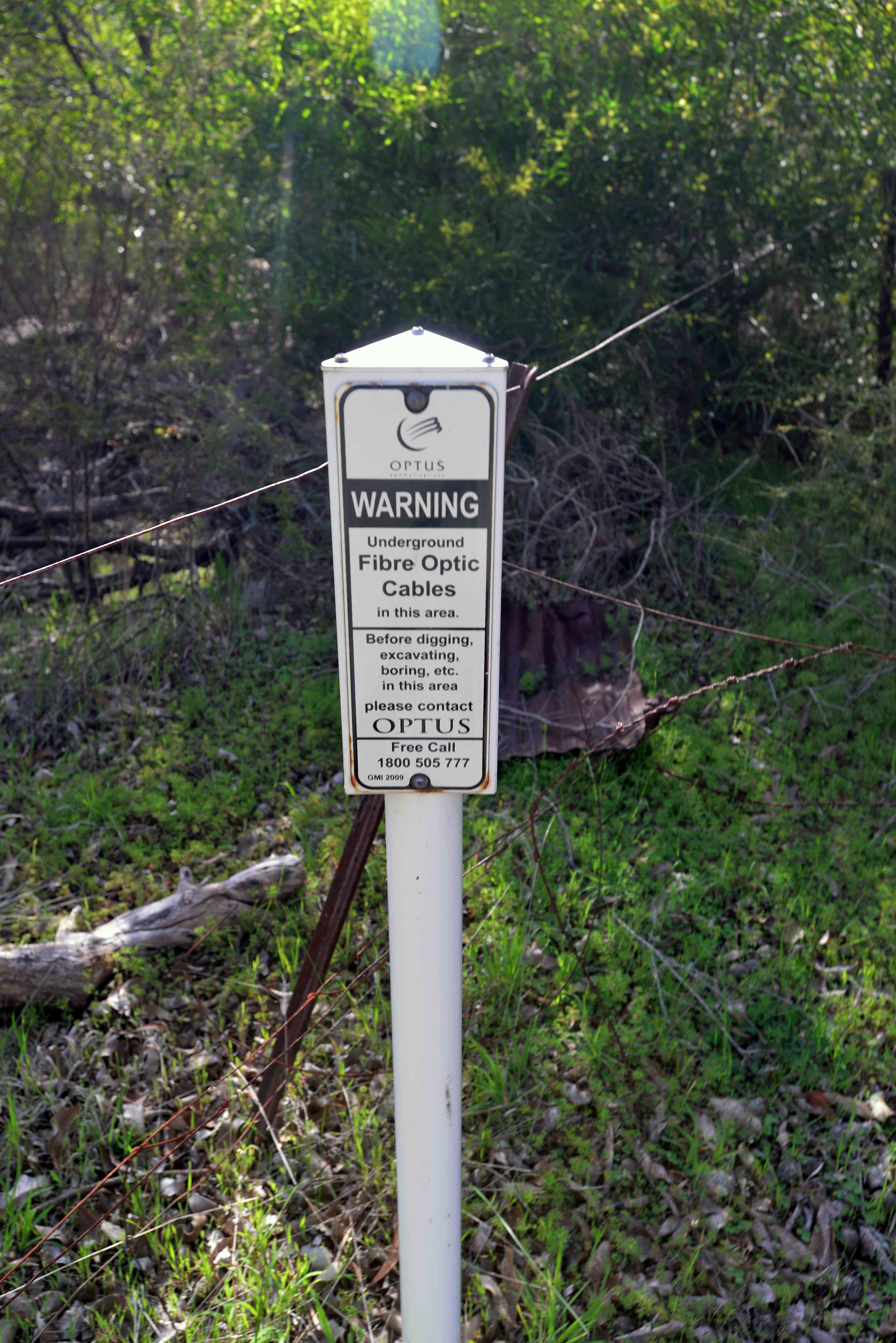
Jacob Hawter
This video has sound. Taken in early September 2020, there is plenty of water in the creek.
If you turn around 180 degrees, you will be looking at the site of Jacob Hawter's 'Darling Range Nursery', established c1890. Hawter was a pioneer in fumigating plants with hydrocyanic gas before distribution, thus preventing the spread of insect pests. Jacob Hawter was also an original member of the Darling Range Road Board (1898) and he also contributed money for the building of the Glen Forrest Hall in McGlew Road (still standing).
This description of his nursery was written in 1902 by May Vivienne:
The trees, with their loads of fruit, were weighed down with their own excellence. Thousands of citron-trees, 50,000 apple-trees, peaches and nectarines in enormous quantities, plums, pears and prunes in profusion, persimmons and other Japanese fruits were to be seen; and as for the flowers, the scent of them was almost overpowering. The roses were particularly fine; all possible sorts seemed to be growing there. The foliage of the English and Canadian elm-trees and poplars formed a pleasing contrast to the forest vegetation around.
Courtesy: Ian Elliot, 'Mundaring A History of the Shire'

Jacob Hawter

The site of the former 'Darling Range Nursery'.

Hawter's 'Darling Range Nursery' depicted in 1903.
Photo courtesy: Mrs Phylis Seaman.
In the same area you can also see an old railway iron pole used for communications in the days when the railway operated and less than 10 metres away, a modern (tele)communications system: the buried Optus East-West fibre optic route, with pit and markers. Truly a case of 'old and new'.

Spot the only vertical structure in the photo ‐ that's the old iron railway pole. It is there!


© Copyright 2020 Rob Borsje & Lyn Myles.